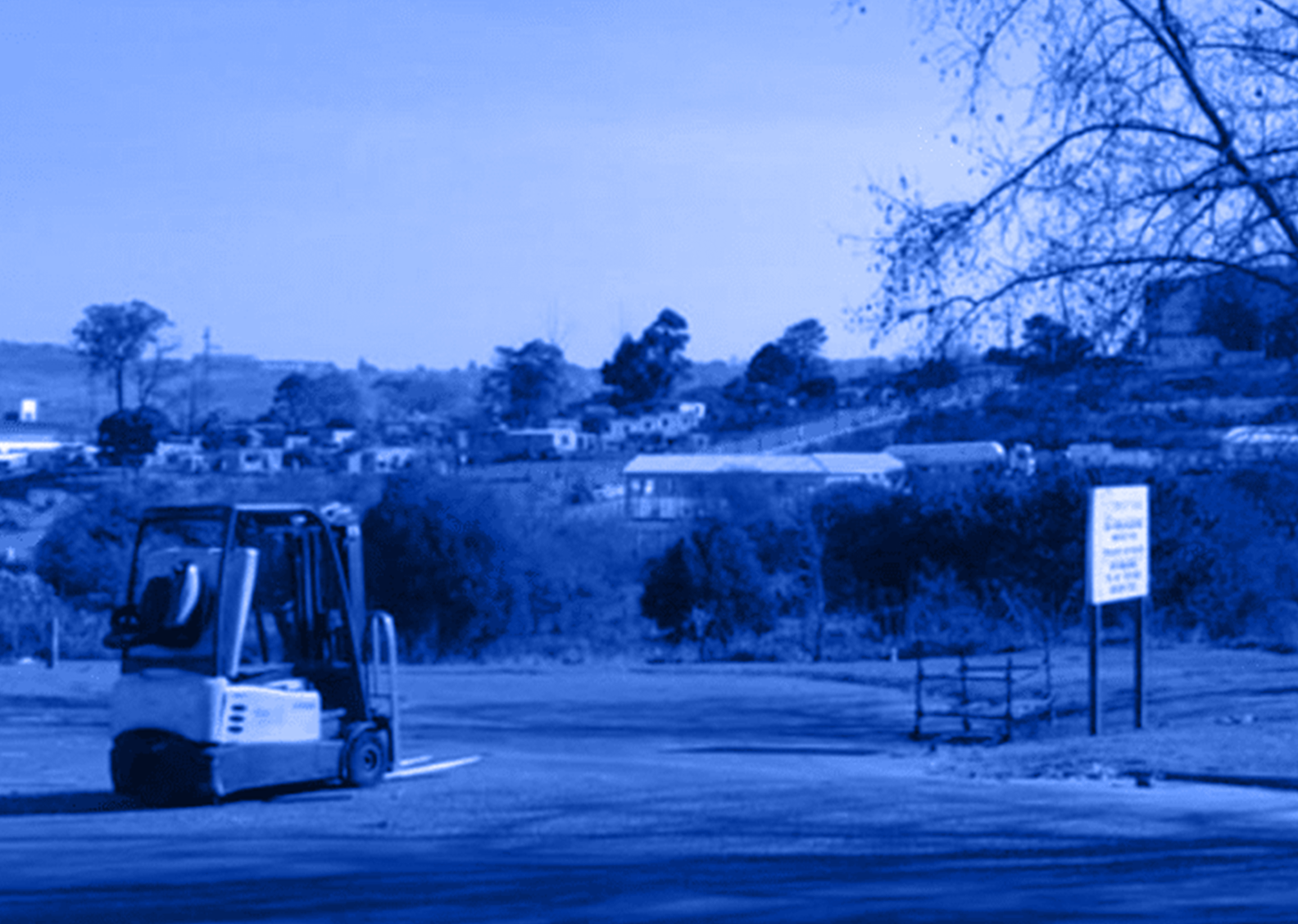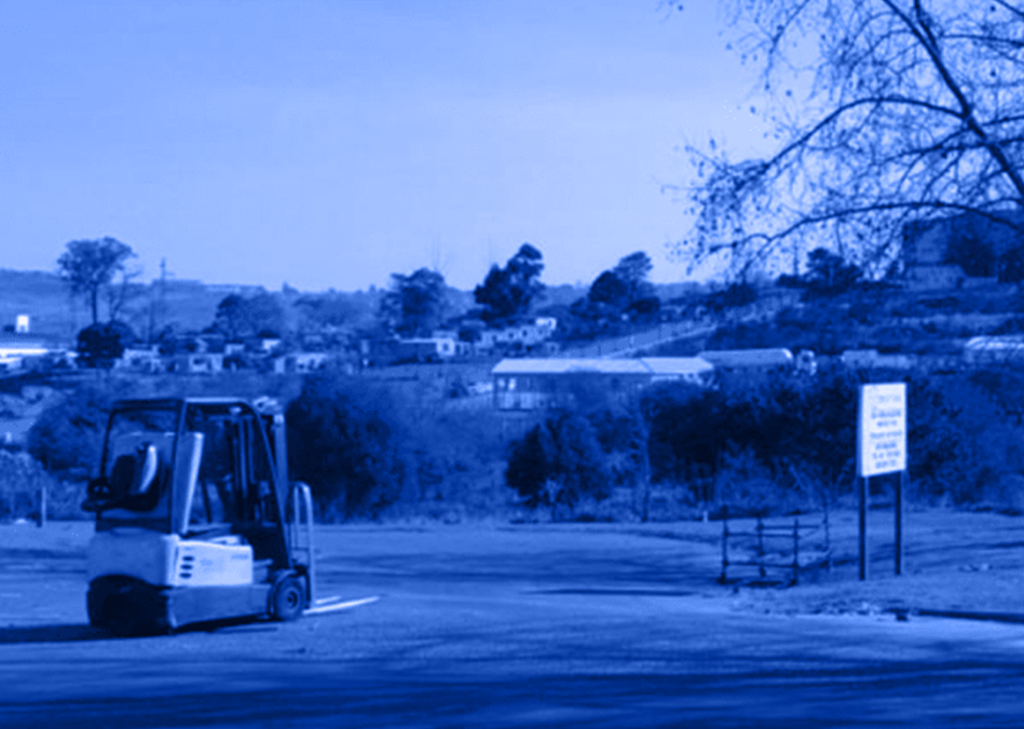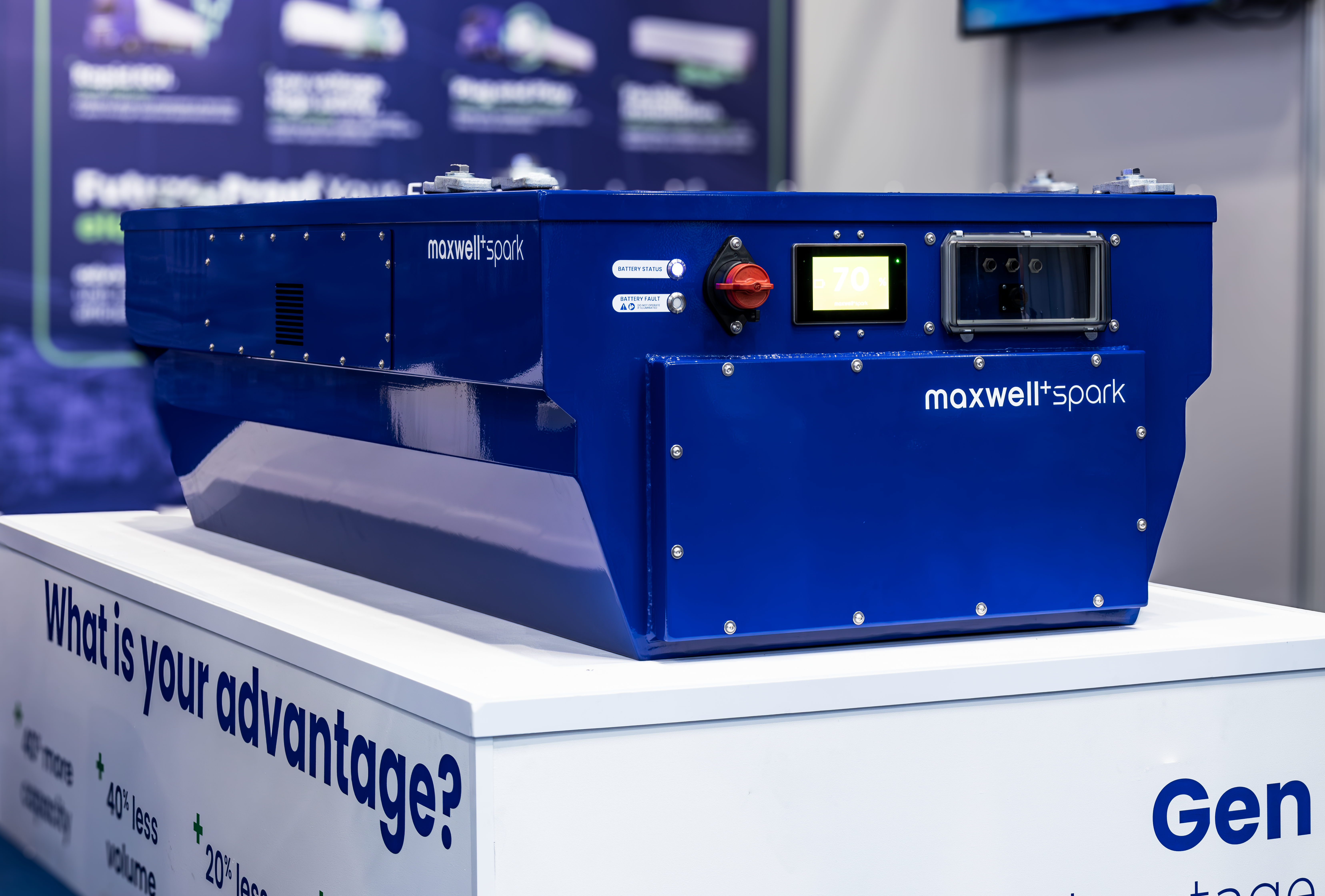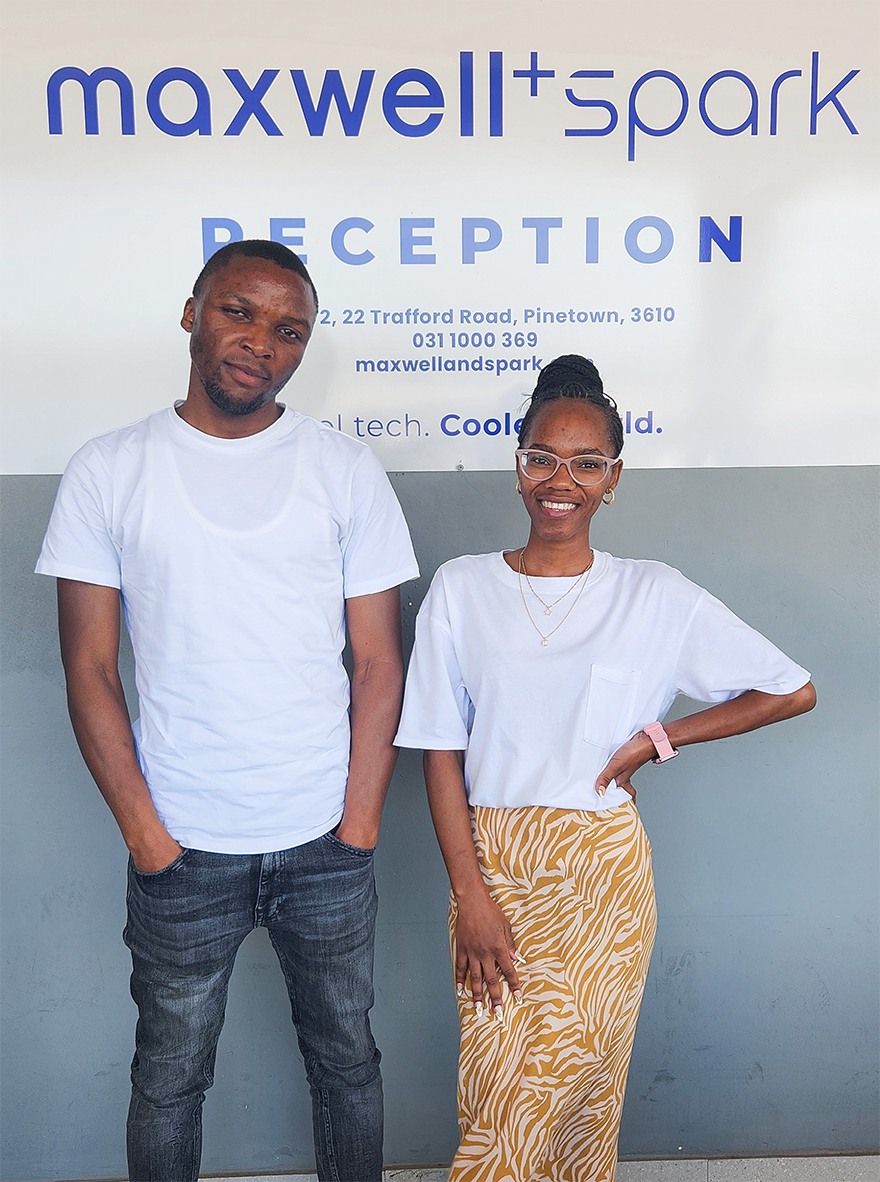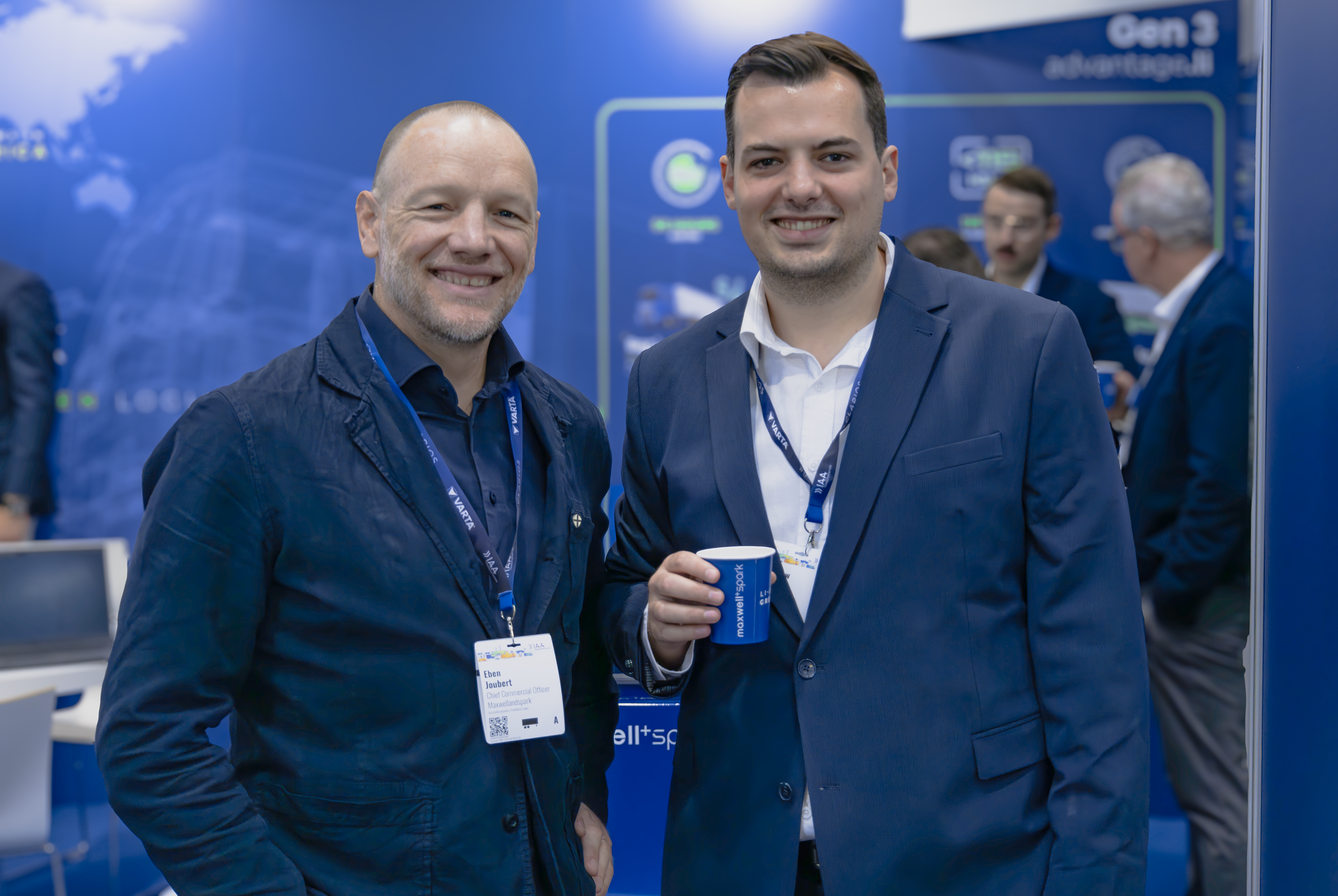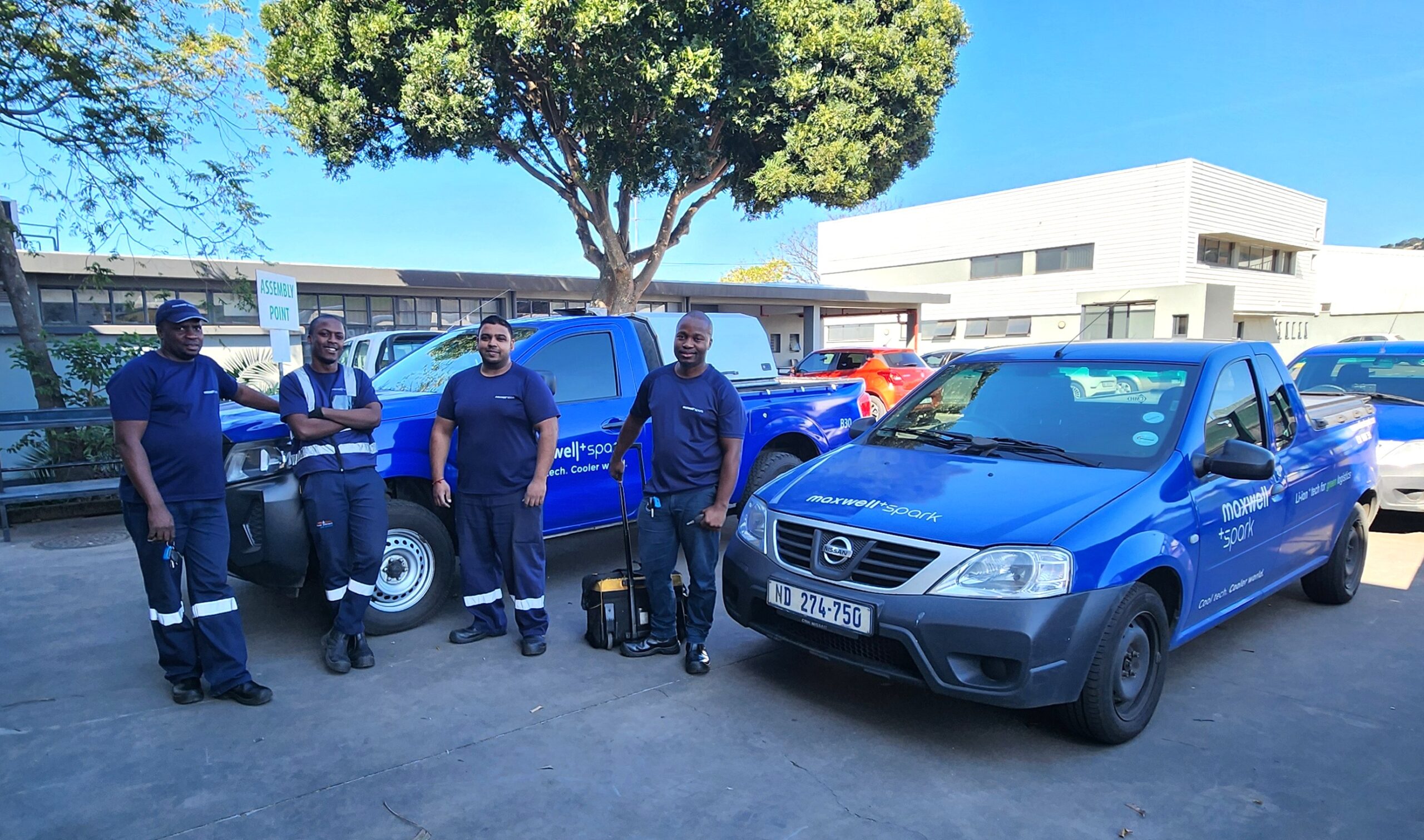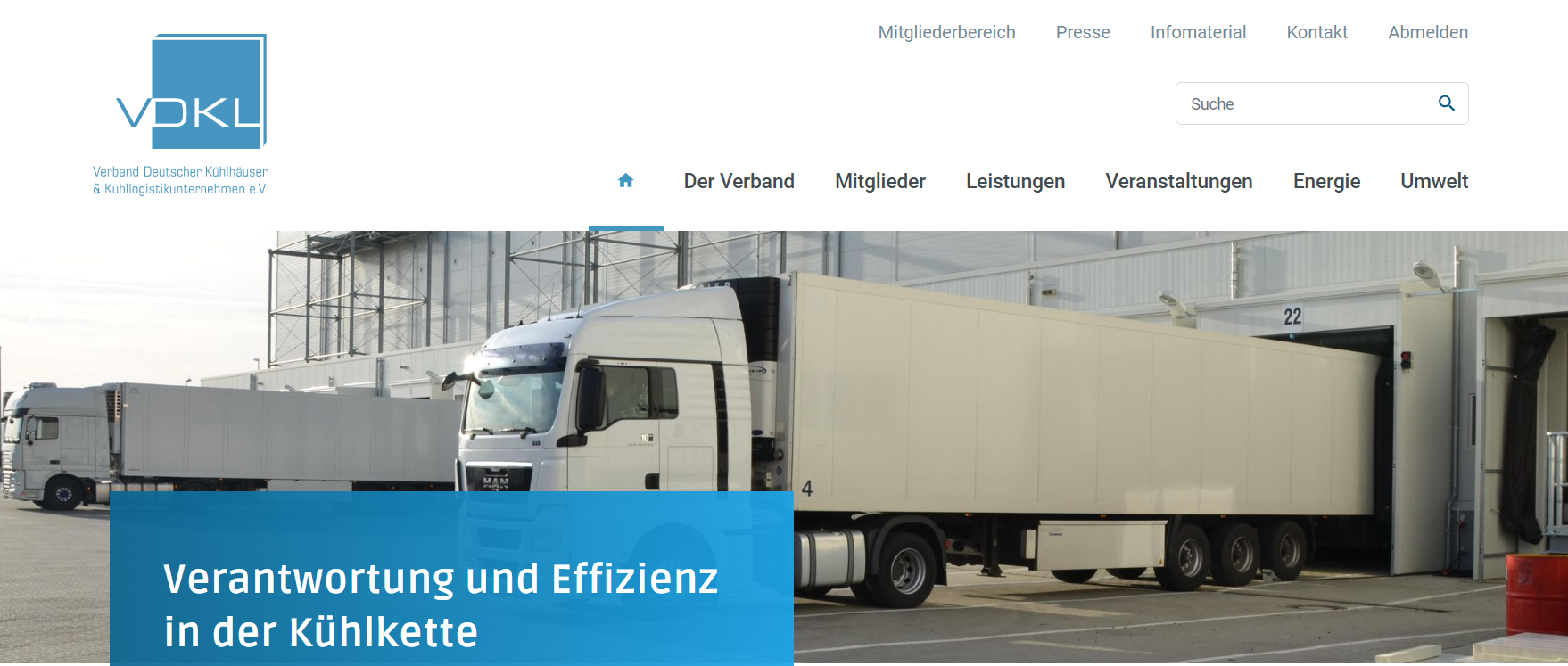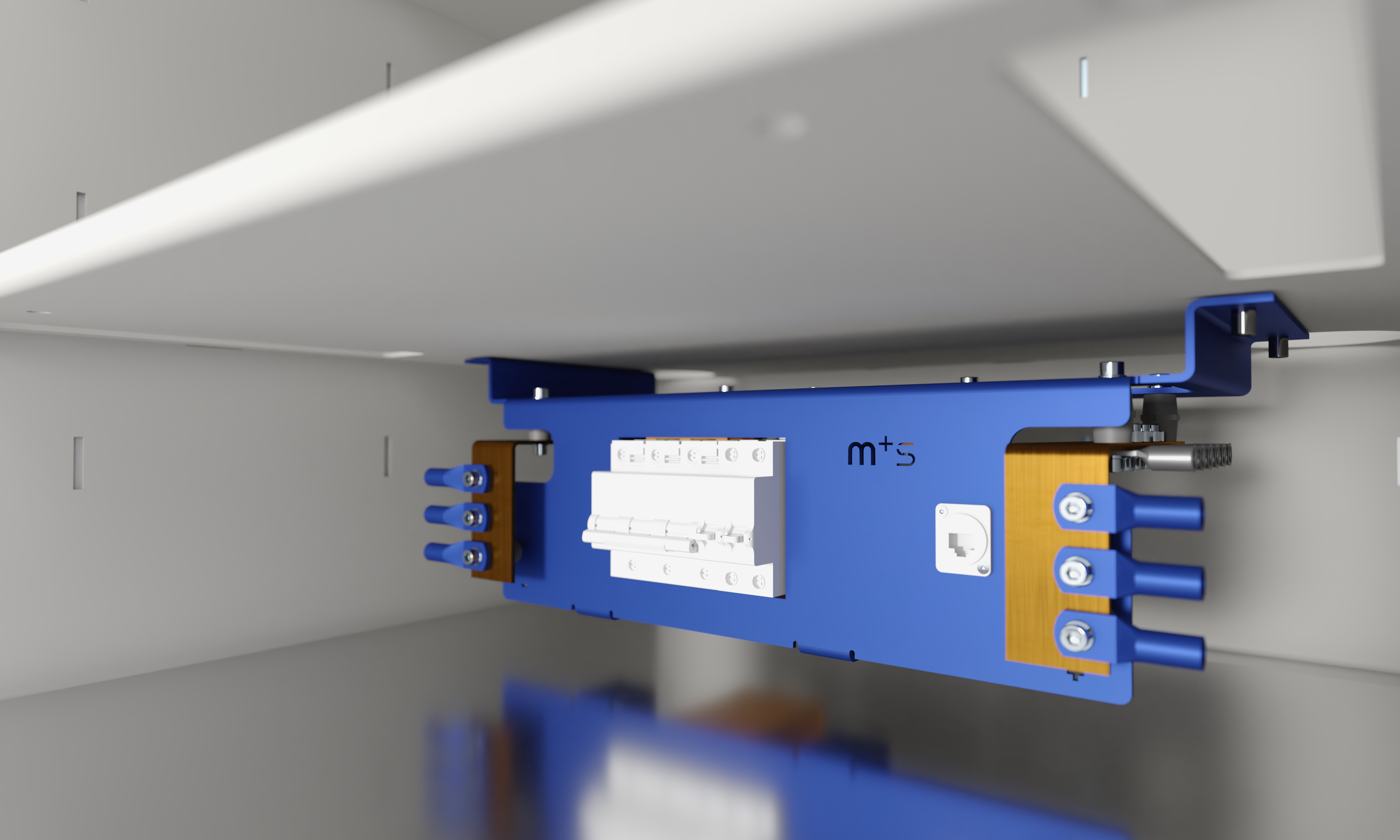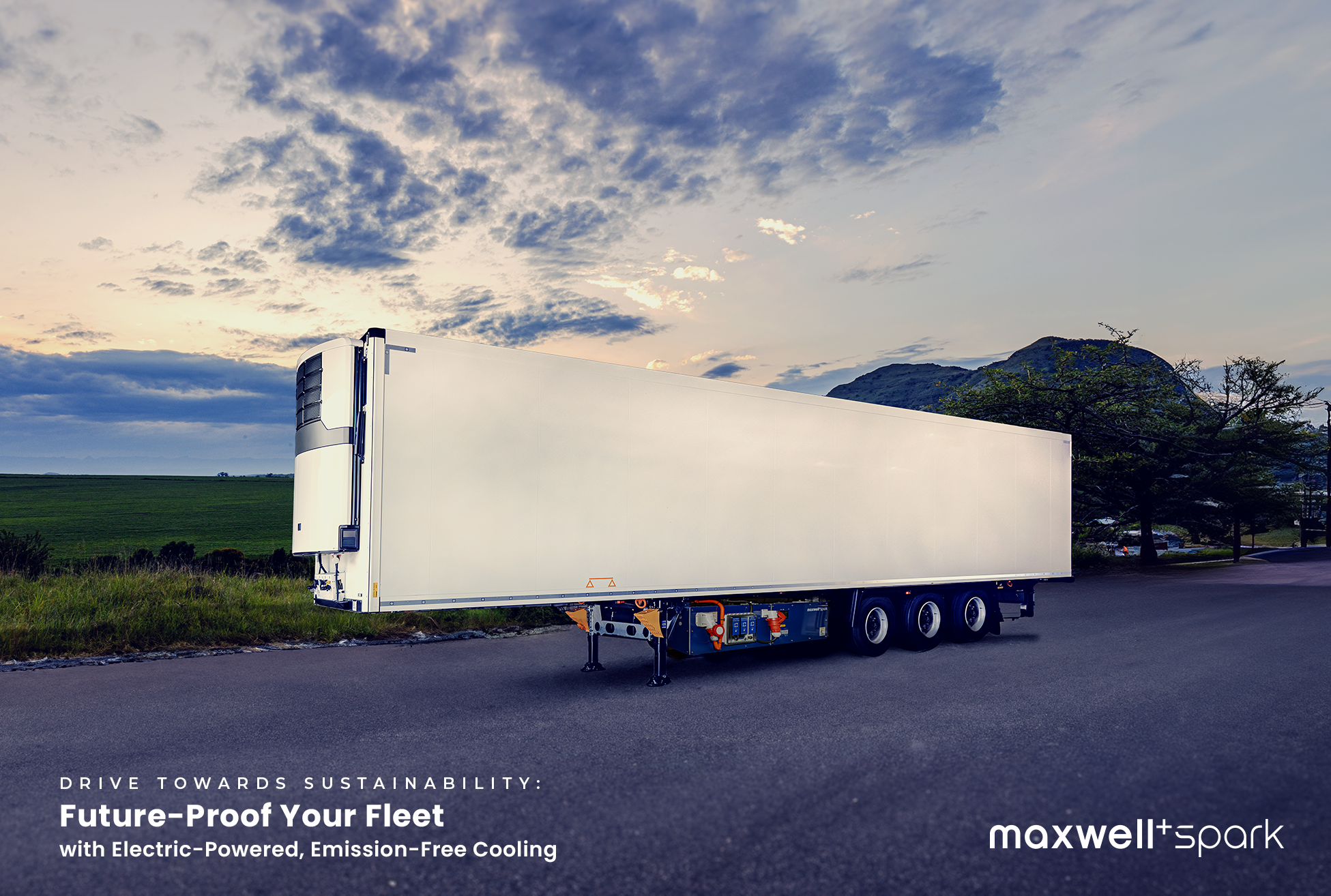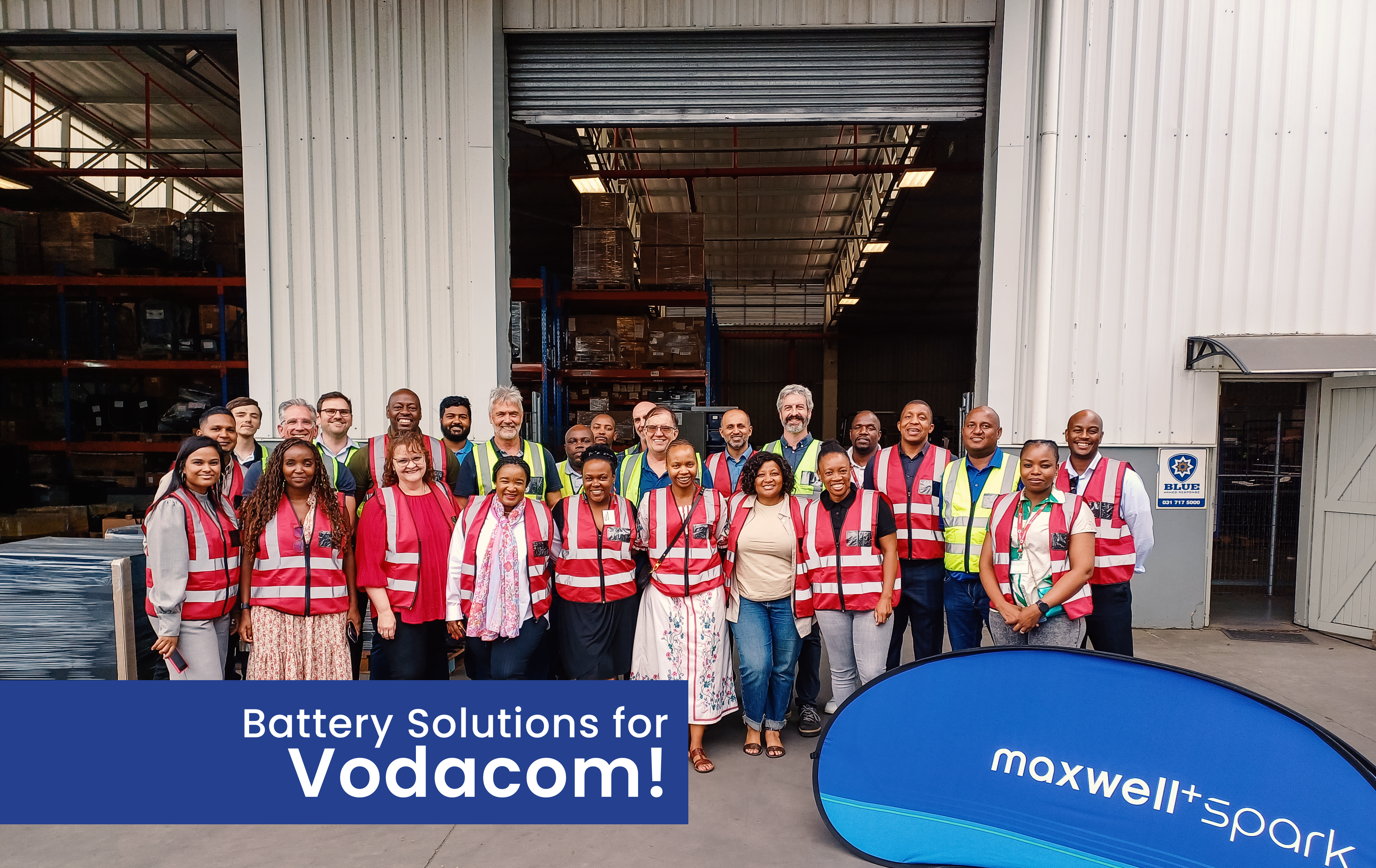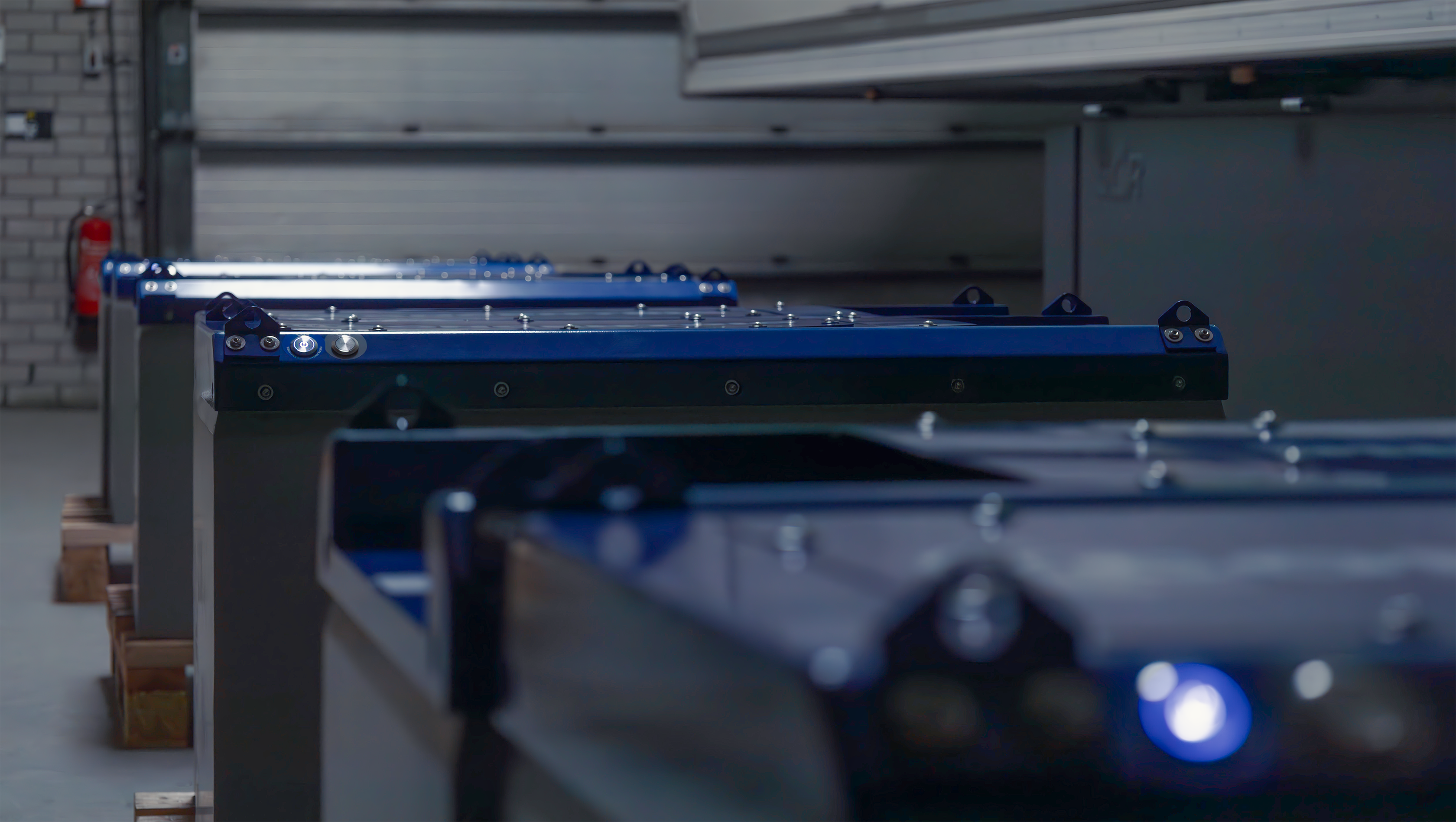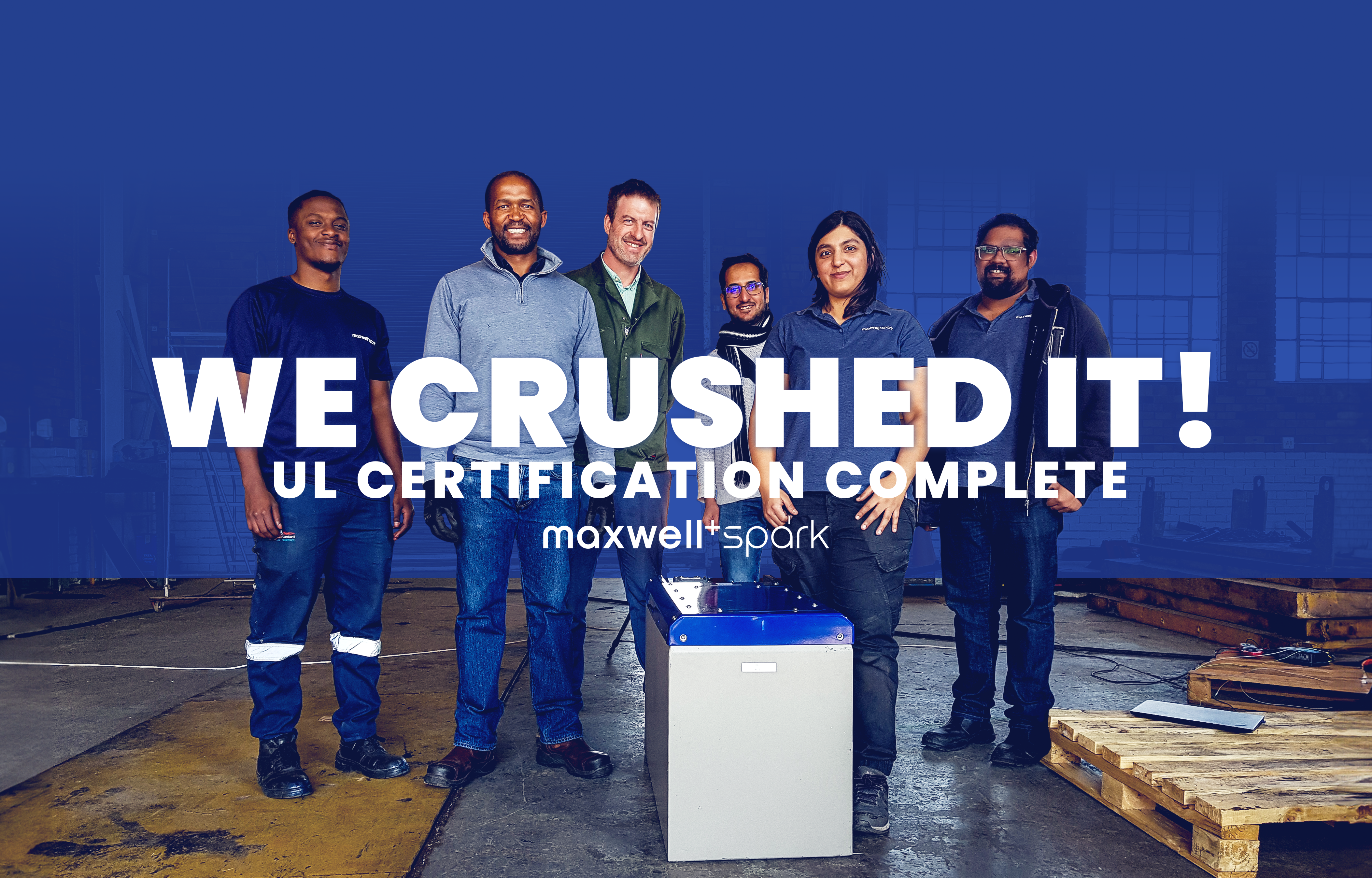Outside a cold store an abandoned forklift is angled crookedly into the road. The body is scratched and dented, the seat up, a tangle of wires exposed. Mess and debris surround it. Smoke still billows from its warehouse in the background. There is something jarring about the lifelessness of a usually productive and busy piece of equipment.
Sadly, this picture formed part of the larger landscape of chaos and mayhem in KwaZulu-Natal in the week of 12 July. Following the arrest of former President Jacob Zuma, protests escalated into widespread looting, violence and destruction of property. Many malls and warehouses were looted and burnt, leaving behind, quite literally, economic skeletons, broken supply chains and smouldering livelihoods.
As well as being used as a means of transportation for looted goods (like this one), many forklifts were stripped of their lead acid batteries. This particular forklift was, largely coincidentally, discovered by our CEO, Clinton Bemont, on his way down the N3 highway during the unrest. Inside it was a maxwell+spark Hardcore lithium-ion battery. This three-year-old -20°C cold store battery was, besides its partly-breached casing and stolen wiring, intact. Clinton had it loaded onto a flatbed truck and brought back to the maxwell+spark factory.
Over the next couple of days, the violence simmered down, broken supply chains slowly began to repair themselves and the mammoth task of rebuilding KwaZulu-Natal began in earnest. Several more maxwell+spark batteries have been brought in since, some burnt in massive fires. None of them ignited (they cannot). Even the worst burnt of them was in fact able to safely output correct voltage when we circumvented in-built protections to test them.
During this time of rebuilding, that first recovered battery is repaired, and through this, one more small part of economic machinery is restored to productive use.
